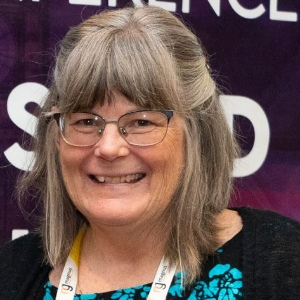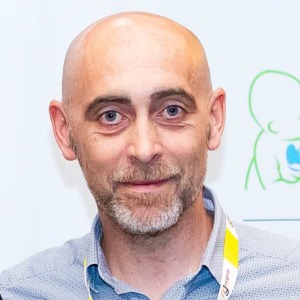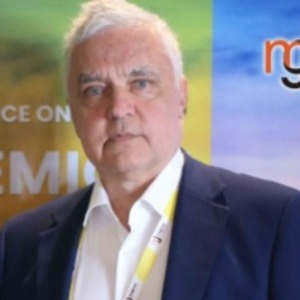Paediatric Light Therapy, also known as phototherapy or light box therapy, is a therapeutic intervention designed to address various health concerns in infants, children, and adolescents through exposure to specific wavelengths of light. This innovative approach harnesses the power of light to treat a spectrum of Paediatric conditions, most notably jaundice in newborns, where high-intensity blue light is employed to break down bilirubin and facilitate its elimination from the body. Beyond jaundice, Paediatric Light Therapy has demonstrated efficacy in managing sleep disorders, such as circadian rhythm disturbances and insomnia, by regulating melatonin production and promoting a healthy sleep-wake cycle. Furthermore, this therapeutic modality has shown promise in treating Paediatric mood disorders, including depression and anxiety, by influencing neurotransmitter levels and positively impacting mood regulation. The therapy's non-invasive nature and minimal side effects make it an attractive option for children with neurodevelopmental disorders like attention deficit hyperactivity disorder (ADHD) and autism spectrum disorders (ASD). In dermatological conditions like eczema and psoriasis, targeted light exposure can alleviate symptoms and promote skin healing. Additionally, Paediatric Light Therapy is being explored for its potential role in mitigating the effects of certain neurological conditions, such as epilepsy and traumatic brain injury, by modulating neuronal activity. As the understanding of the interaction between light and physiological processes in children continues to grow, Paediatric Light Therapy holds promise as a versatile and safe intervention, offering a ray of hope for improved health outcomes in the Paediatric population.







